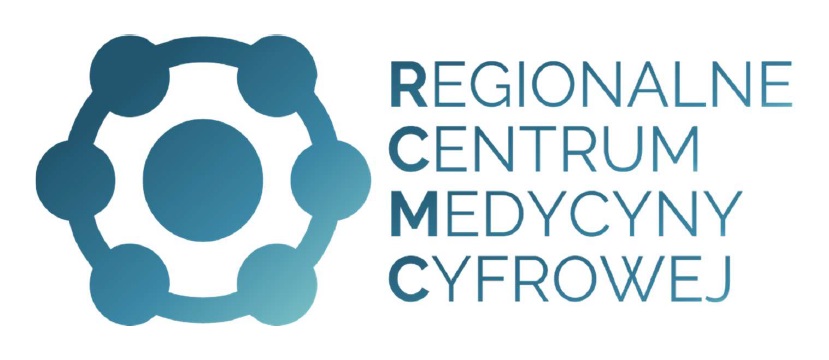Nabór wniosków w konkursie w ramach TRANSCAN‑3 ERA-NET
Uprzejmie informujemy, że NCBiR otworzył nabór wniosków w konkursie w ramach TRANSCAN‑3 ERA-NET. Celem inicjatywy jest wzmocnienie współpracy międzynarodowej w dziedzinie badań nad nowotworami.
Pierwszy konkurs w ramach programu TRANSCAN‑3 (Joint Transnational Call 2021) obejmuje finansowanie projektów z zakresu nowej generacji immunoterapii nowotworów: Next generation cancer immunotherapy: targeting the tumour microenvironment.
Szczegółowe informacje o konkursie:
Dla kogo
Mikrofirma,
Mała i średnia firma,
Duża firma,
Konsorcjum,
Uczelnia,
Jednostka naukowa.
Na co
Dofinansowanie można przeznaczyć na realizację badań przemysłowych i prac rozwojowych.
Partnerzy
Austria, Belgia, Estonia, Francja, Hiszpania, Irlandia, Izrael, Kanada, Łotwa, Niemcy, Norwegia, Portugalia, Rumunia, Słowacja, Węgry, Włochy, Tajwan, Turcja
Budżet konkursu
1 200 000 euro na wszystkie projekty z udziałem polskich partnerów;
Kurs EBC z dnia otwarcia konkursu, tj. 06.04.2021 r. – 4,5914 PLN
Harmonogram konkursu
Data ogłoszenia konkursu lub inicjatywy: 06.04.2021 r.
Rozpoczęcie naboru wniosków: 06 kwietnia 2021 r.
Zakończenie naboru wniosków: 29 czerwca 2021 r.; godz. 12.00
Wyniki konkursu – maj 2022
Publikacja listy rankingowej- maj 2022
Sposób składania wniosków
Nabór wniosków międzynarodowych odbywa się poprzez system elektroniczny, dostępny od 20 kwietnia 2021 na międzynarodowej stronie konkursu: https://ptoutline.eu/app/transcan2021
W celu złożenia wniosku prosimy o kontakt z Działem Projektów Międzynarodowych Uniwersytetu Medycznego w Łodzi.
Szczegółowe informacje na temat konkursu dostępne są na stronie NCBiRu[link: https://www.gov.pl/web/ncbr/transcan-3-era-net].
Zakres tematyczny
“Next generation cancer immunotherapy: targeting the tumour microenvironment”
Despite advances in immunotherapies, obstacles and challenges, including limited response rates, the inability to predict clinical efficacy, and potential side effects such as autoimmune reactions or cytokine release syndromes, remain and hinder further applications of immunotherapies in clinics. Thus, a deeper understanding of the TME, able to dissect distinct classes and subclasses of it, is essential for deciphering new mechanisms of immunotherapies, defining new predictive biomarkers, and identifying novel therapeutic targets. In the context of translational research, this topic at the intersection of laboratory and clinical research in immuno-oncology will comprise two general aims which concur to the possible clinical applications. Proposals will have to cover at least one of the six (6) specific sub-aims listed below. Approaches should be directed to draw up a multidimensional TME map paving the road for new efficacious immunotherapy strategies. Projects should be built from a solid and established hypothesis and should be relevant with regards to the possible improvements in clinical practice
Aim 1: Identification and validation of TME subclasses and their contribution to the resistance mechanisms: Translational research using tumour samples collected from retrospective and/or prospective cohorts of patients.
1.1 Dissection of tumour cells/tumour-infiltrating immune/stromal cells and identification of TME subclasses (single-cell analyses, mass cytometry, imaging, multidimensional immunohistochemistry, etc.) for TME studies (3D culture systems; patient-derived organoids; patient-derived xenografts; syngeneic, genetically modified and chemical carcinogenesis-induced mouse models, etc.).
1.2 Definition of the contribution of TME to resistance mechanisms and identification of new therapeutic targets through multiomics (epigenomic, transcriptomic, proteomic, metabolomics, studyof the microbiome and virome, etc.) to assess functional characteristics of TME-tumour cell interplay within the primary tumour and/or metastases (e.g the underlying signaling, the transcriptional landscape, the cell-cell communication, the network regulation of immune cells, etc.), to identify candidate TME targets and to assess the activity of pathway-targeting agents.
1.3 Development of tools capable of predicting treatment efficacy and tumour recurrence using minimally- or noninvasive techniques (generation of algorithms modelling the network dynamics, predictive models based on artificial intelligence, integrating ‑omics data and network approaches). Development of robust noninvasive biomarkers of disease course (radiomics, cell-free circulating tumour DNA, miRNA signatures, circulating tumour cells, etc.). Sex/gender impact must be considered
Aim 2: Targeting TME to improve efficacy of immunotherapy in human patients.
2.1 Development of new precision therapeutic strategies that may prevent human tumour recurrence or resistance (T‑cell-based cancer immunotherapies, immune checkpoint blockers (ICBs), chimeric antigen receptor (CAR)-T-cells, preventive and therapeutic vaccines, etc.).
2.2 Evaluation in translational studies of the impact of TME on treatment efficacy and patient outcome (clinical utility of specific TME feature detections or identifications, clinical utility of specific intratumour or peripheral blood immune biomarkers, sex/gender impact, etc.).
2.3 Phase I and II clinical trials (combinations of available treatments, new therapeutic strategies, new administration schemes, etc.) targeting, or preventing resistance of multiple TME features. Particular attention should be given to gender balance inclusion in order to intercept sex/gender differences and to determine if there is an association between sex/gender and treatment response.
Szczegółowy opis zakresu tematycznego konkursu znajdą Państwo w dokumentach: Call Text i Guidelines for Applicants.
















